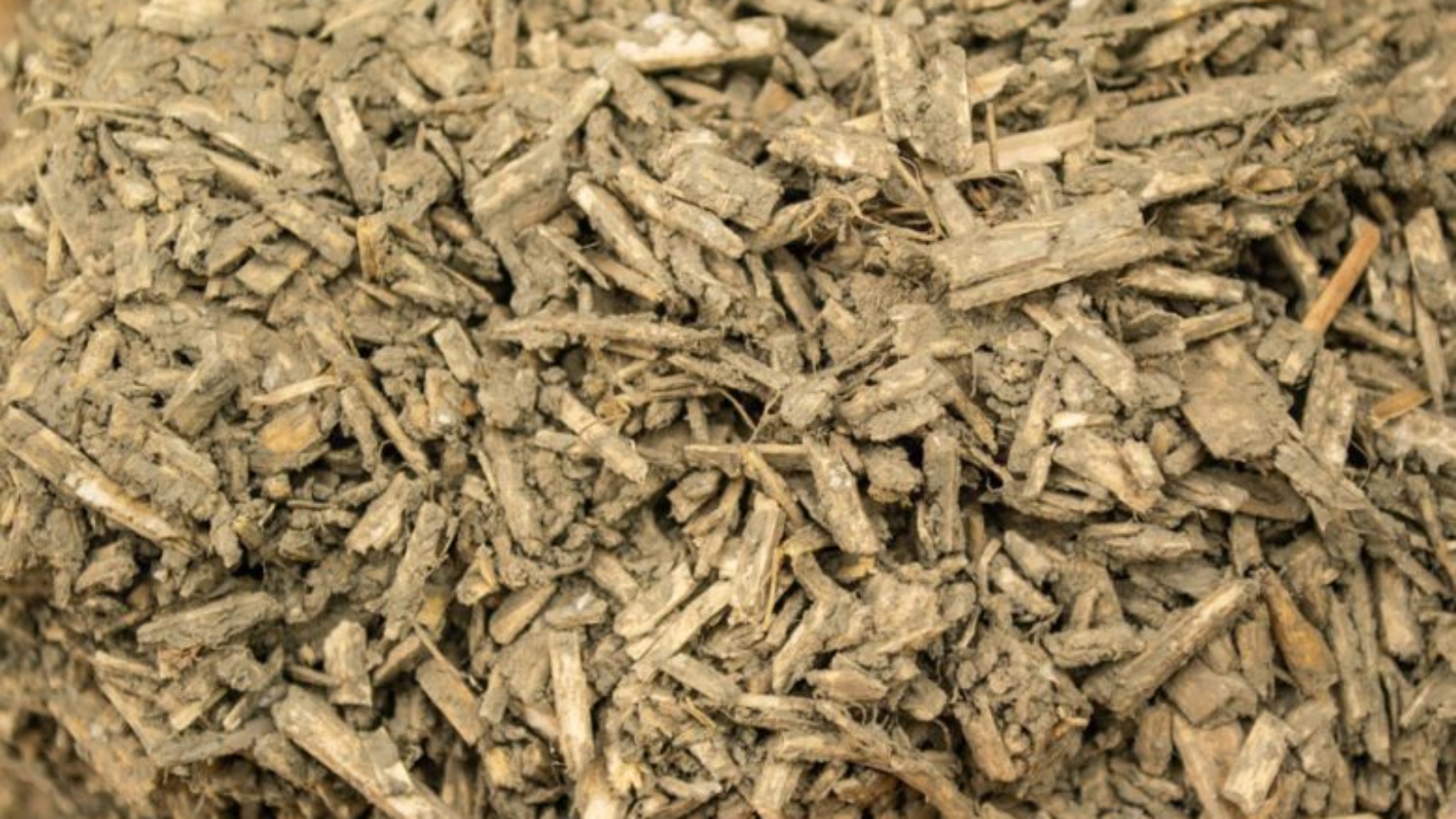A plan from Texas A&M University researchers to 3D print new resilient buildings using hempcrete has the potential to lower the environmental impact of traditional construction methods and make housing more affordable and available, according to an article posted on the University’s College of Engineering website by Alyson Chapman.
The project will be funded by a $3.74 million grant from the U.S. Department of Energy Advanced Research Projects Agency-Energy (ARPA-E) Harnessing Emissions into Structures Taking Inputs from the Atmosphere (HESTIA) program.
Dr. Petros Sideris, assistant professor in the Zachry Department of Civil and Environmental Engineering, will lead the project as principal investigator to develop residential and potential commercial construction designs. His team consists of assistant professor Dr. Maria Koliou, department head and professor Dr. Zachary Grasley, and professor Dr. Anand Puppala from the department, and associate professor Dr. Manish Dixit and professor Dr. Wei Yan from the Texas A&M College of Architecture.

Hempcrete is made by mixing hemp powder, fibers or shives with lime and water, creating a lightweight, green building material. While it is considered an extremely sustainable and strong material it is also, intuitively, very difficult to proficiently 3D print. As 3D construction printing technologies continue to rapidly evolve, using both traditional and innovative, concrete mixtures (or inks), some companies have begun to look at hempcrete as an even more sustainable alternative.
“While production of conventional construction materials such as concrete requires large amounts of energy and releases large amounts of CO2 (carbon dioxide), hempcrete is a net carbon-negative material, which can provide major environmental benefits,” Sideris said.
Manufacturing on Demand

Hempcrete has already been used globally in residential construction and prefabricated modular construction. Now the Texas A&M researchers will use 3D printing in this project to create building designs that achieve structural and energy performance to comply with modern design codes.
“Hempcrete has excellent fire resistance and thermal insulating properties that can reduce heating and cooling energy demands,” he said. “It is water-resistant and offers good acoustic properties.”
As part of the project, building designs will be printable and created to achieve structural and energy performance that will comply with modern design codes. Sideris said digital designs of printable hempcrete buildings will facilitate adoption by the construction industry.
“The advancements of this project will contribute to the U.S. maintaining its worldwide leadership in advanced construction methods and infrastructure sustainability and resilient technologies,” he said.
The funding is part of HESTIA, which prioritizes overcoming barriers associated with carbon-storing buildings, including scarce, expensive and geographically limited building materials. The HESTIA program aims to increase the total amount of carbon stored in buildings to create carbon sinks, which absorb more carbon from the atmosphere than released during construction.
You might also like:
AI SpaceFactory releases LINA 3D printed lunar outpost designs: The design and testing of the LINA 3D printed lunar outpost are part of NASA’s 2020 Announcement of Collaboration Opportunity (ACO) project Relevant Environment Additive Construction Technology (REACT), through which AI SpaceFactory and NASA KSC are advancing the prize-winning technologies and materials that SpaceFactory created for NASA’s 3D Printed Habitat Challenge. Through the ACO, AI SpaceFactory’s original polymer, made with a Martian regolith simulant, was modified to use lunar regolith, or lunar soil, and both its material composite and the mechanical extruder will be tested in a NASA vacuum chamber that simulates the environmental conditions on the Moon. The results will inform a sustainable 3D printing system capable of constructing large structures on the Moon’s surface – which AI SpaceFactory plans to ultimately use to print LINA.
* This article is reprinted from 3D Printing Media Network. If you are involved in infringement, please contact us to delete it.
Author: VoxelMatters


Leave A Comment